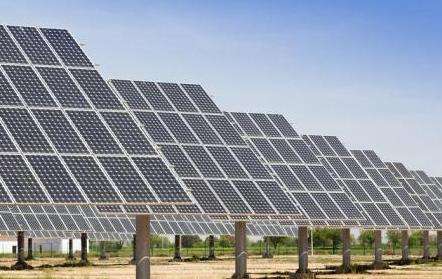Simple and quick scientific experimentsand the principles are as follows:
1 An indestructible balloon
< p. >Preparation materials: water, candles, lighters, balloonsReference steps: Add some water to the balloon, light the candle and slowly place the balloon added with water on the candle. The balloon will not explode!
Brief analysis of the principle: Water can absorb the heat energy of the fire so that the rubber of the balloon does not break. However, if the heat energy exceeds the amount that the water in the balloon can absorb, the balloon will also explode.
2. The magic of water
Preparation materials: glass (without pattern), water, paper, pen
Reference steps: draw an arrow on the paper, Move the filled cup of water in front of the arrow and you can see that the arrow in the cup is turning around.
Brief analysis of the principle: a cup filled with water is like a lentilthe convex, and the arrow forms an inverted virtual image in the convex lens.
3. Anti-gravity water
Preparation materials: water, glass bottles, silk mesh (stockings), rubber bands, toothpicks
Reference steps: glass bottles After the Once filled with water, use a rubber band to seal the mouth of the bottle with the wire mesh. At this time, you will find that even if there are holes in the net, the water will not flow out when the cup is turned over. Even if you stick a toothpick into the net, the water still won't flow.
Brief analysis of the principle: The surface tension of the water adheres to the wire mesh, creating a "film" and forming a sealed shape. After the toothpick is inserted, the water will surround the wooden toothpick, but the density of the wood is lower than that of the water and the toothpick will float to the top.
Small science experiments that third graders can usewind perform include: triboelectricity, garlic sprouting experiment, unbreakable paper experiment, ice fishing, bouncing eggs and unwet paper, toothpick speedboat, bow -in sky. bridge, angry bottle.
Experiment 1: Bouncing Bubbles
Experimental Principle: The bubbles in stage 1 are prone to explosion due to water evaporation. After adding glue, they will become very sticky and water. does not come off easily. As it evaporates, the resistance of the bubble wrap increases so it can jump onto the back of our hands.
Experiment 2: Automatic rise of water
Experimental principle: When the candle is extinguished, the water in the glass rises gradually and stops after reaching a certain level . Because the candle burns, it consumes the oxygen in the glass and the reduced oxygen is filled with water.
Experiment 3: Color Changes
Experimental principle: Purple cabbage contains anthocyanins. When it encounters substances of different acidity and alkalinity, a chemical reaction occurs, so that it changes color overall. , it appears red when it encounters acidic substances, blue when it encounters alkaline substances, and purple when it encounters neutral liquids.














